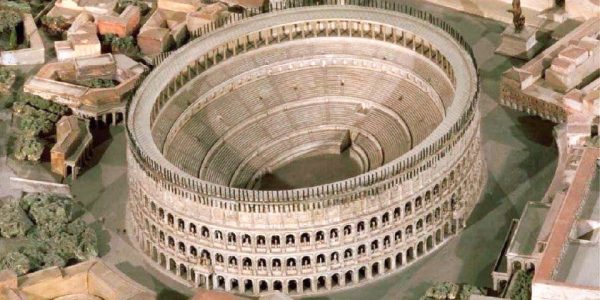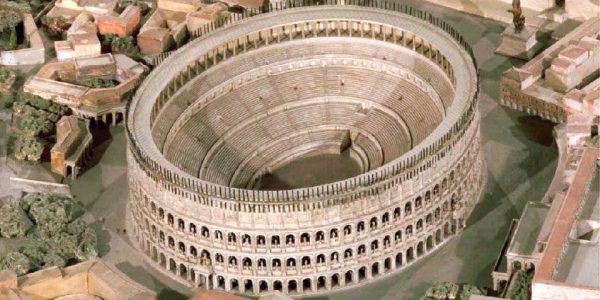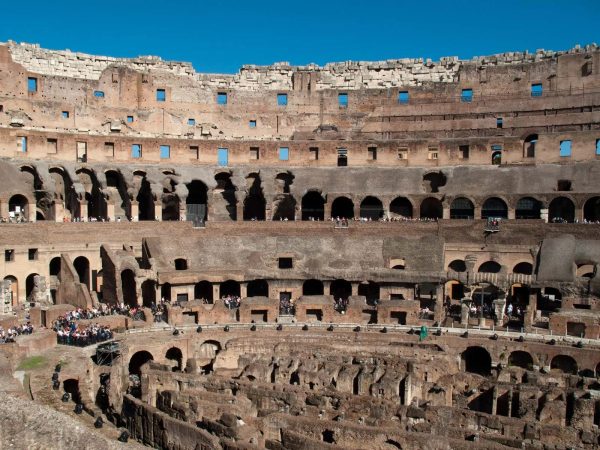
Nestled in the heart of Rome, the Colosseum stands as a testament to the grandeur and ingenuity of ancient Roman architecture. Also known as the Flavian Amphitheatre, this colossal structure has captured the imagination of countless visitors for centuries.

From its origins in the reign of the Flavian emperors to its enduring legacy as a symbol of Rome, let’s embark on a journey to uncover the dates, facts, and location of this iconic landmark.
Dates and Construction:
The Colosseum’s story begins in the dawn of the first century AD, during the reign of Emperor Vespasian of the Flavian dynasty. Construction of this monumental amphitheater commenced between 70-72 AD, with the vision of offering spectacular entertainment to the Roman people.

Over the years, skilled artisans and laborers toiled to bring Vespasian’s ambitious project to life, culminating in the grand opening under his son, Emperor Titus, in AD 80.
Facts and Features:
Measuring approximately 189 meters in length, 156 meters in width, and standing 48 meters tall, the Colosseum is a marvel of ancient engineering and design. Its elliptical shape and tiered seating could accommodate an estimated 50,000 to 80,000 spectators, who would gather to witness a diverse array of events, including gladiatorial combats, wild animal fights, and mock naval battles.

History and Decline:
For over four centuries, the Colosseum remained a vibrant hub of entertainment and spectacle, reflecting the grandeur of the Roman Empire. However, as the empire waned, so too did the glory of the Colosseum. Neglect and natural disasters took their toll on the once-majestic structure, leading to its gradual decline. By the 18th century, much of the Colosseum had been dismantled for its valuable building materials, yet its enduring legacy endured.
Location and Significance:
Situated just east of the Roman Forum, the Colosseum occupies a central place in the heart of Rome. Its strategic location not only facilitated access for spectators but also symbolized the power and prestige of the Roman Empire. Today, the Colosseum stands as a poignant reminder of Rome’s rich history, attracting millions of visitors from around the globe who come to marvel at its imposing ruins and immerse themselves in the grandeur of ancient Rome.
Conclusion:
The Colosseum, with its storied past and enduring legacy, continues to captivate the hearts and minds of people worldwide. From its humble beginnings as a gift to the Roman people to its transformation into a symbol of Roman grandeur, the Colosseum remains an iconic landmark that stands as a testament to the ingenuity and craftsmanship of ancient civilizations. As visitors traverse its ancient corridors and gaze upon its weathered facades, they are transported back in time to an era of gladiatorial combat, roaring crowds, and imperial splendor, making the Colosseum a timeless icon of human history and achievement.





